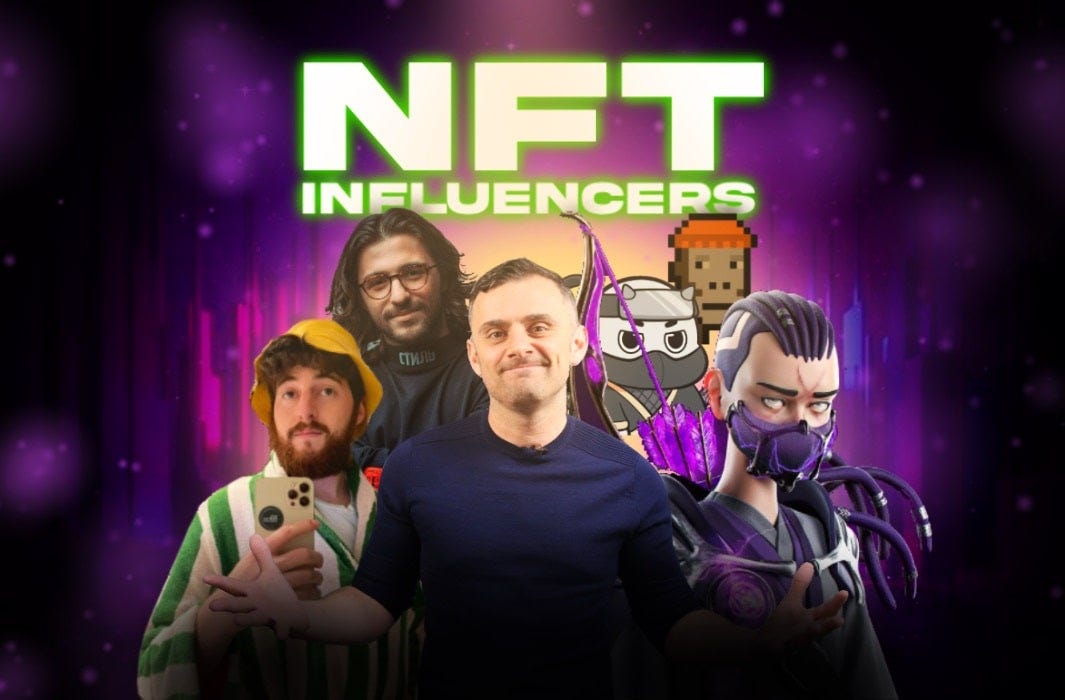
NFT influencer marketing has become a crucial component for boosting the visibility and sales of NFT projects. However, to truly gauge the effectiveness of your influencer campaigns, it's essential to track the right metrics. By focusing on specific performance indicators, you can assess the impact of your collaborations and optimize future strategies. Here’s a comprehensive guide on the key metrics you should track to measure the success of your NFT influencer marketing.
Engagement metrics are crucial for understanding how well your content is resonating with the influencer's audience. These metrics include:
Engagement rates give you a sense of how interactive and invested the influencer's audience is with the content. High engagement rates generally suggest that the influencer’s audience finds the content relevant and appealing.
Reach and impressions help you gauge the visibility of your NFT influencer campaign:
Both metrics are essential for understanding the overall exposure of your campaign and determining whether your NFTs are reaching a broad audience.
Conversion metrics are critical for assessing the direct impact of your influencer campaign on sales and other desired actions:
Conversion metrics help you understand the return on investment (ROI) and the effectiveness of the influencer’s ability to drive desired actions.
Referral traffic measures the amount of traffic directed to your website or NFT platform from the influencer’s content. Use tools like Google Analytics to track:
Tracking referral traffic helps you understand how well the influencer’s content is driving users to engage further with your NFT project.
Brand sentiment analysis provides insights into how the influencer’s audience perceives your NFTs. This includes:
Understanding brand sentiment helps you gauge the overall perception of your NFT project and identify areas for improvement.
Knowing the demographics of the influencer’s audience can help you assess whether the campaign is reaching your target market:
Audience demographics are essential for evaluating the effectiveness of the influencer in reaching your ideal customer base.
Evaluate the performance of specific content formats and types to optimize future campaigns:
Understanding which types of content perform best helps you tailor future campaigns to maximize their impact.
Track the performance of individual influencers to assess their contribution to your campaign’s success:
Evaluating influencer performance helps you make data-driven decisions about future collaborations and budget allocation.
Measure the long-term impact of your influencer campaign on your NFT project:
Evaluating the long-term impact helps you understand the enduring effects of your influencer marketing efforts.
Assess the cost-effectiveness of your influencer campaigns by comparing expenses to the outcomes achieved:
Tracking cost-effectiveness helps you optimize your marketing budget and ensure that your investments are delivering value.
Tracking the right metrics is crucial for measuring the success of your NFT influencer campaigns. By focusing on engagement, reach, conversions, referral traffic, brand sentiment, audience demographics, content performance, influencer performance, long-term impact, and cost-effectiveness, you can gain valuable insights into the effectiveness of your strategies. This data-driven approach enables you to refine your campaigns, optimize ROI, and drive greater success in the competitive NFT market.